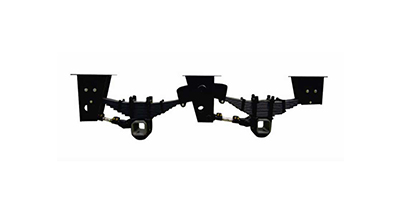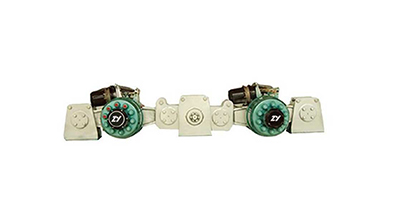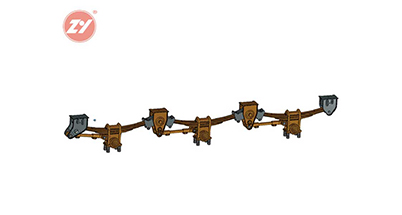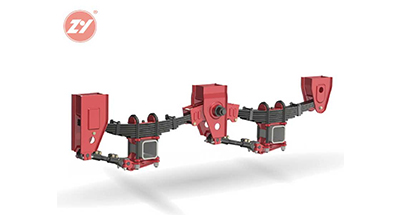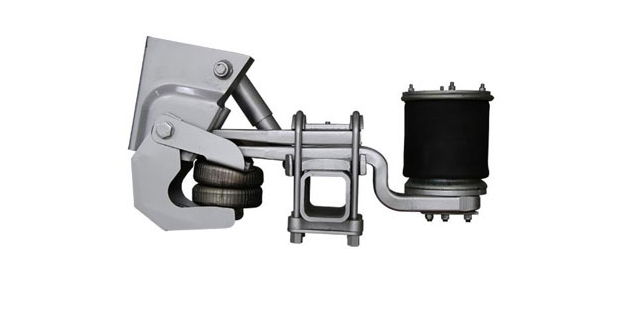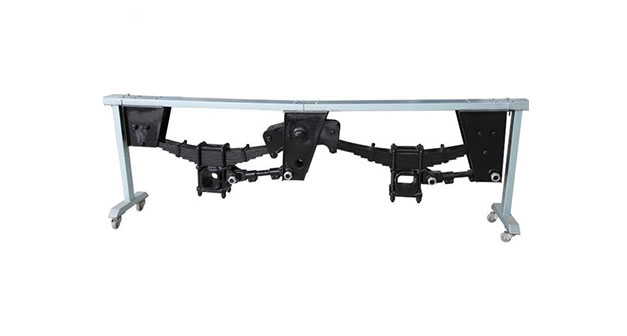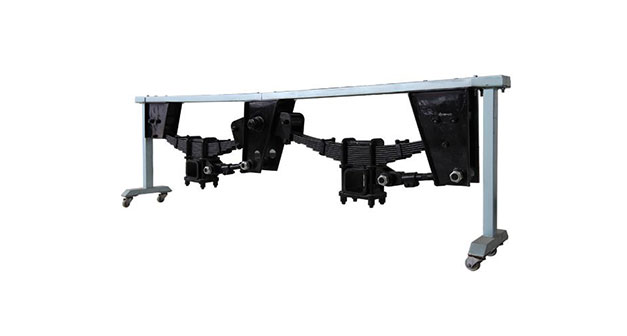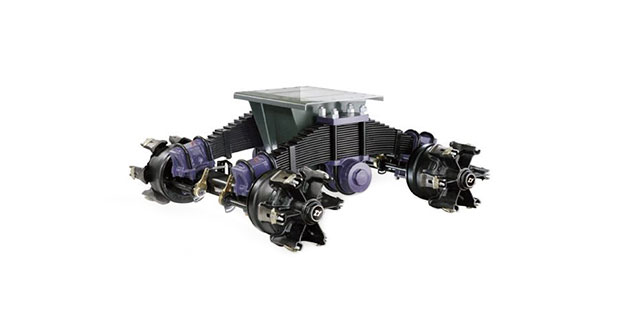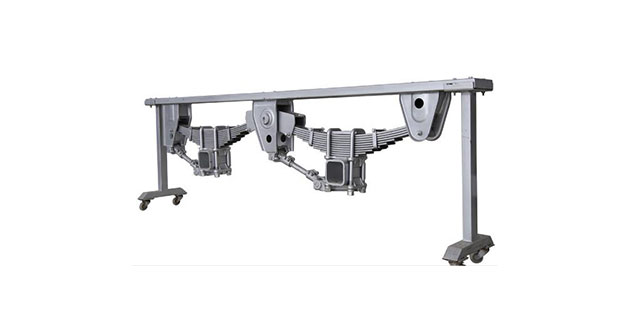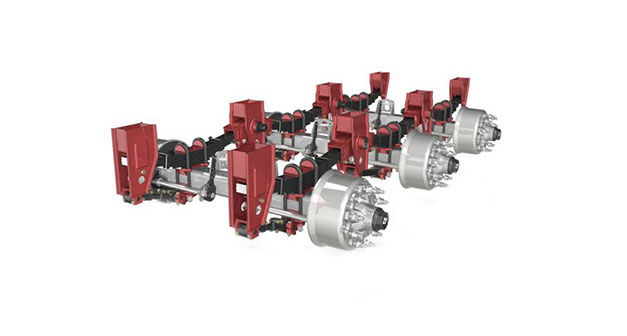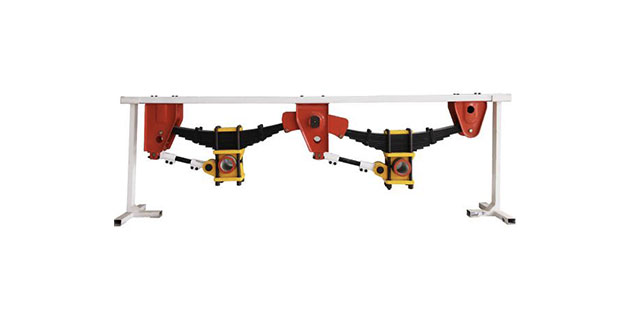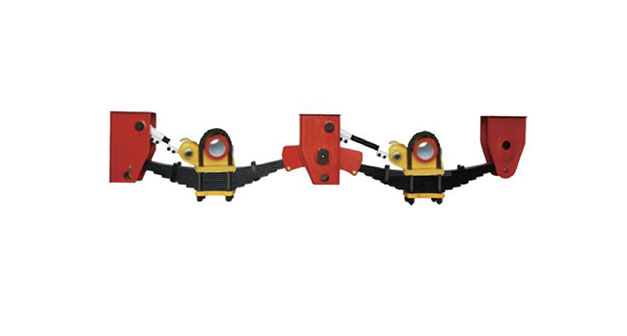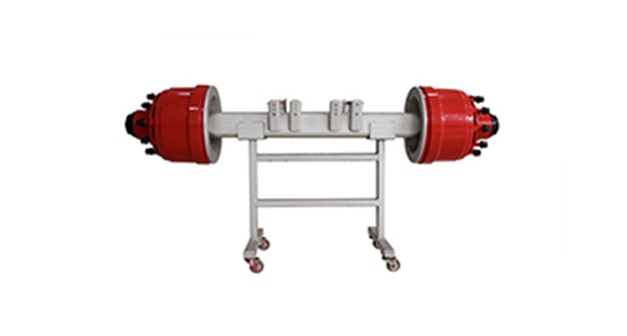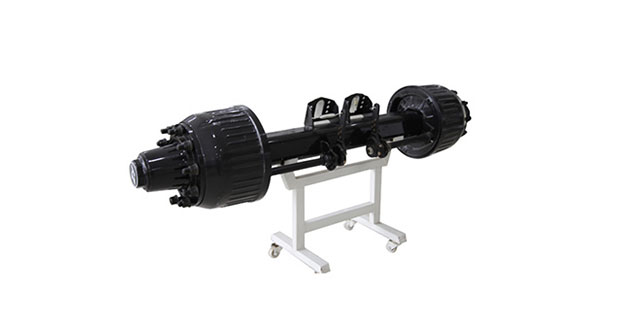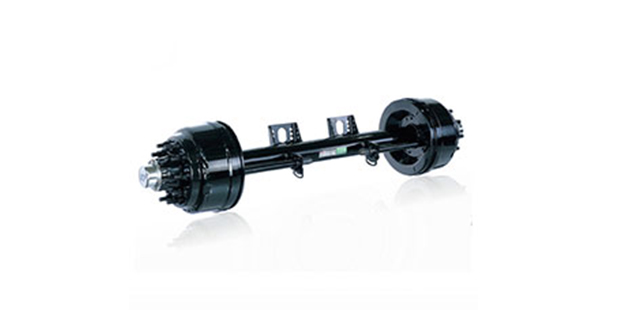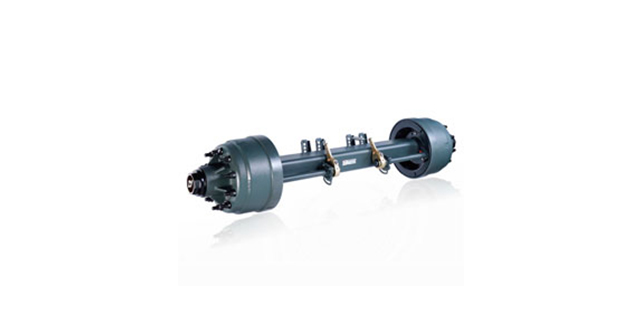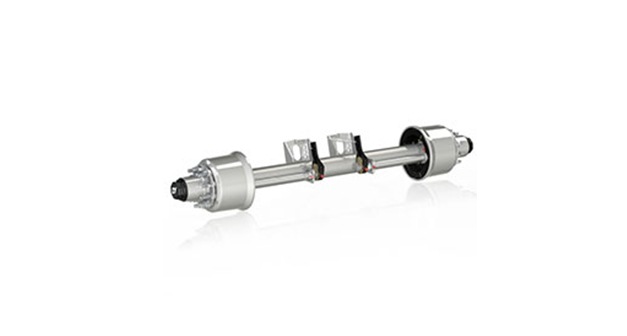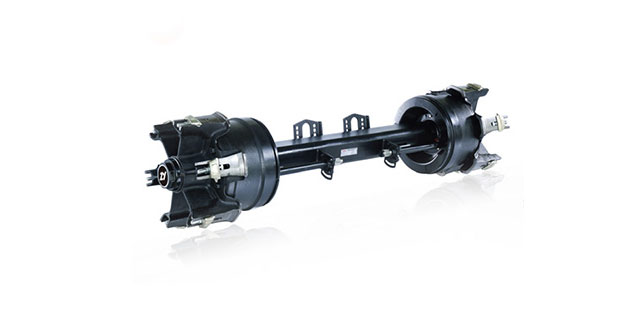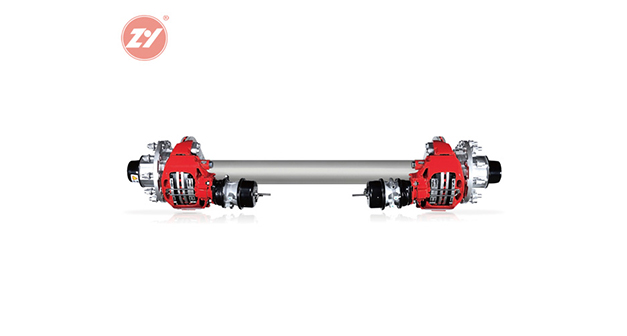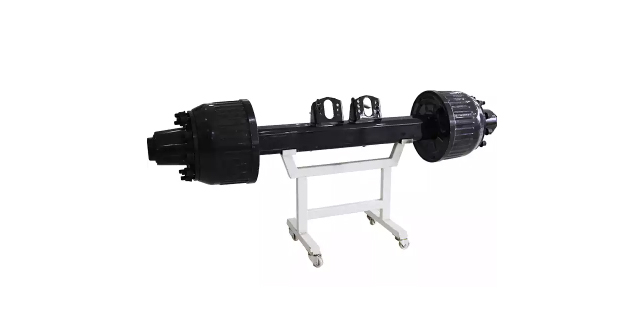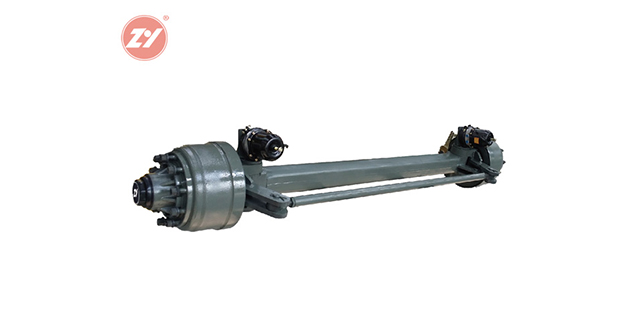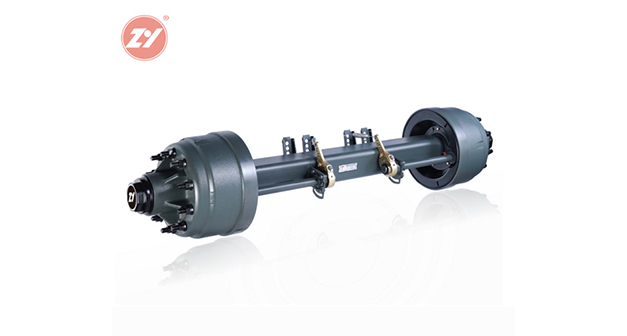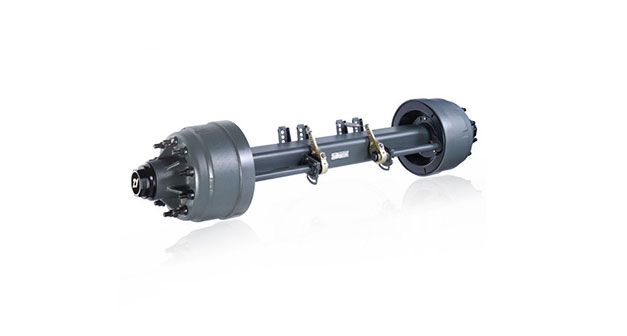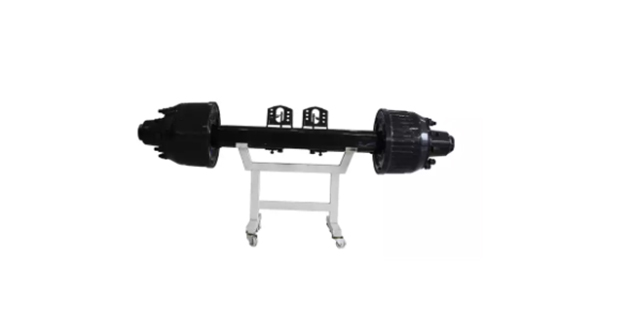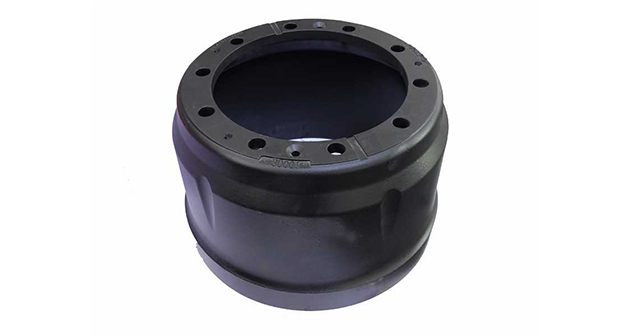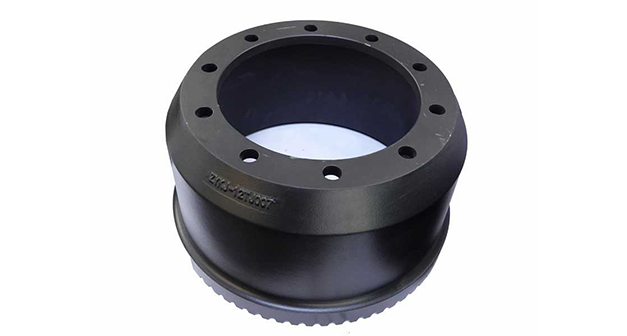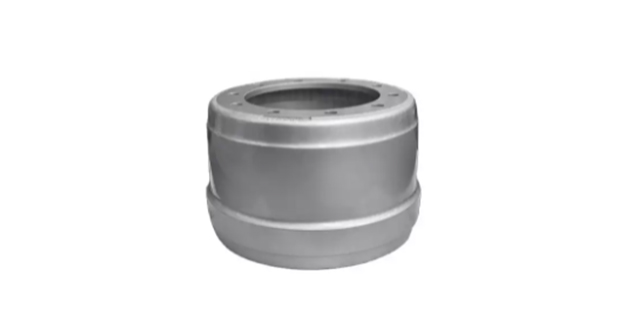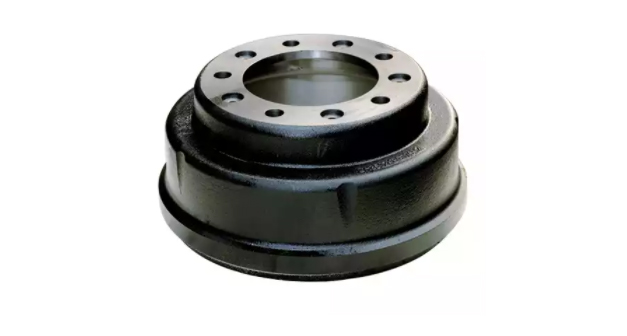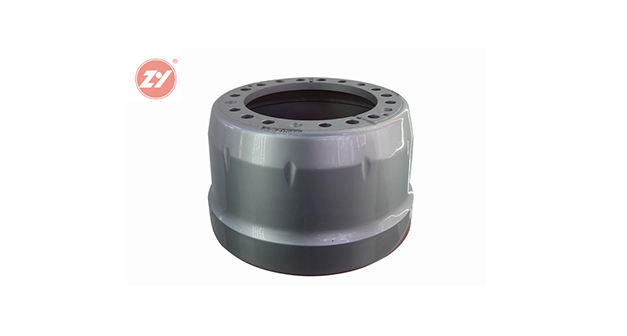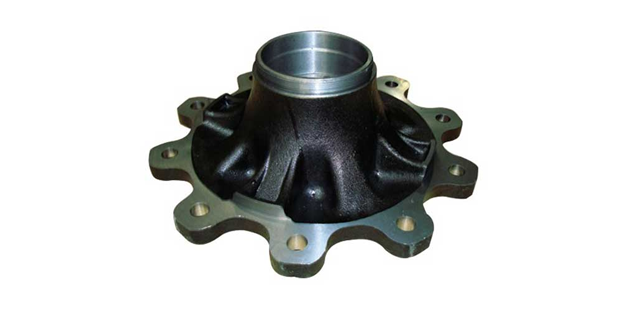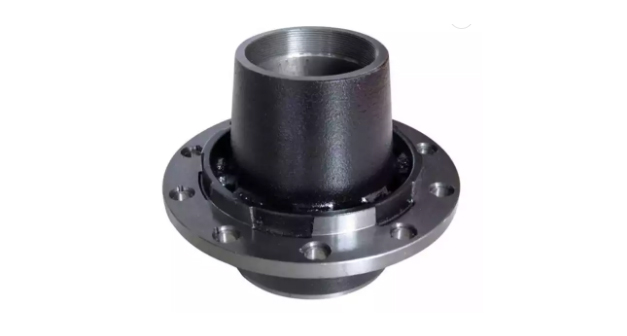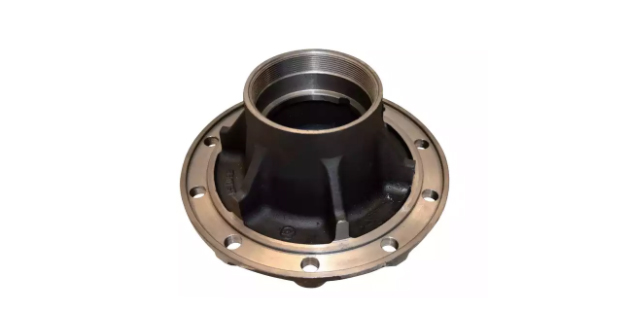Trailer brake drums are friction pairs of drum brake systems. In addition to the strength and rigidity required as components, they should also have a high and stable coefficient of friction, appropriate wear resistance, heat resistance, heat dissipation, and heat capacity. The brake such as the handbrake drum is a component used in the braking system to generate braking force to impede vehicle movement or motion trend. In addition to various speed reduction devices, almost all automobile brakes use friction brakes that generate braking torque through friction between fixed and rotating elements.
Currently, the friction brakes widely used in various types of vehicles can be divided into two types according to the different rotating elements: drum brakes and disc brakes. The difference between them is that the rotating element in the friction pair of the drum brake is the brake drum trailer, and its cylindrical inner surface is the working surface; the rotating element in the friction pair of the disc brake is the disc-shaped brake disc, and its two end faces are the working surfaces.
Design requirements for trailer brake drums
If the design of the trailer brake drum is improper, it is easy to deform when heated; if the brake drum is subjected to unbalanced force, it will also produce mechanical deformation, making the contact between the brake lining and the drum poor, leading to an increase in pedal force and stroke; if the non-circularity of the brake drum working surface is too large, it will also cause self-locking and generate vibration and noise. Therefore, the brake drum should have sufficient wall thickness, and reinforcement ribs in the radial or axial direction should be cast near the opening on the outer surface to improve the strength. These reinforcement ribs also have a heat dissipation effect, which can reduce the temperature of the friction surface, shorten the cooling time of the brake, and increase the energy capacity by 35%~40%. The working surface of the brake drum is generally precision machined after being assembled with the hub, and is positioned by the bearing hole. The roundness and coaxiality tolerance of the working surface of micro cars should be ≤0.03mm, the radial runout should be ≤0.05mm, and the unbalance in the static state should be ≤1.5N·cm.
Differences between hub and trailer brake drum
The hub is a metal component that supports the inner contour of the tire and is shaped like a cylinder, which is centrally mounted on the axle. Depending on the difference in diameter, width, molding method, and material used, hubs are divided into many different types. In terms of classification, they can be roughly divided into two categories: paint baking and electroplating. For ordinary vehicles, the selection of trailer hub types mainly considers whether the heat dissipation is good, and does not pay much attention to appearance. The process is basically treated with paint baking, which is sprayed first and then baked, which is cost-effective, has bright colors, and has a long lasting effect.
The brake drum is the friction pair of the drum brake system and has a high and stable coefficient of friction, appropriate wear resistance, heat resistance, heat dissipation, and heat capacity, relatively high strength and rigidity, but becomes brittle after aging. The trailer brake drum is an important component of the drum brake system, similar to the role of the brake disc in the disc brake system. When the brake is applied, the piston exerts pressure on two pairs of semi-circular brake shoes, which are pressed tightly against the inner wall of the drum chamber, thereby generating friction to stop the rotation of the wheels.

